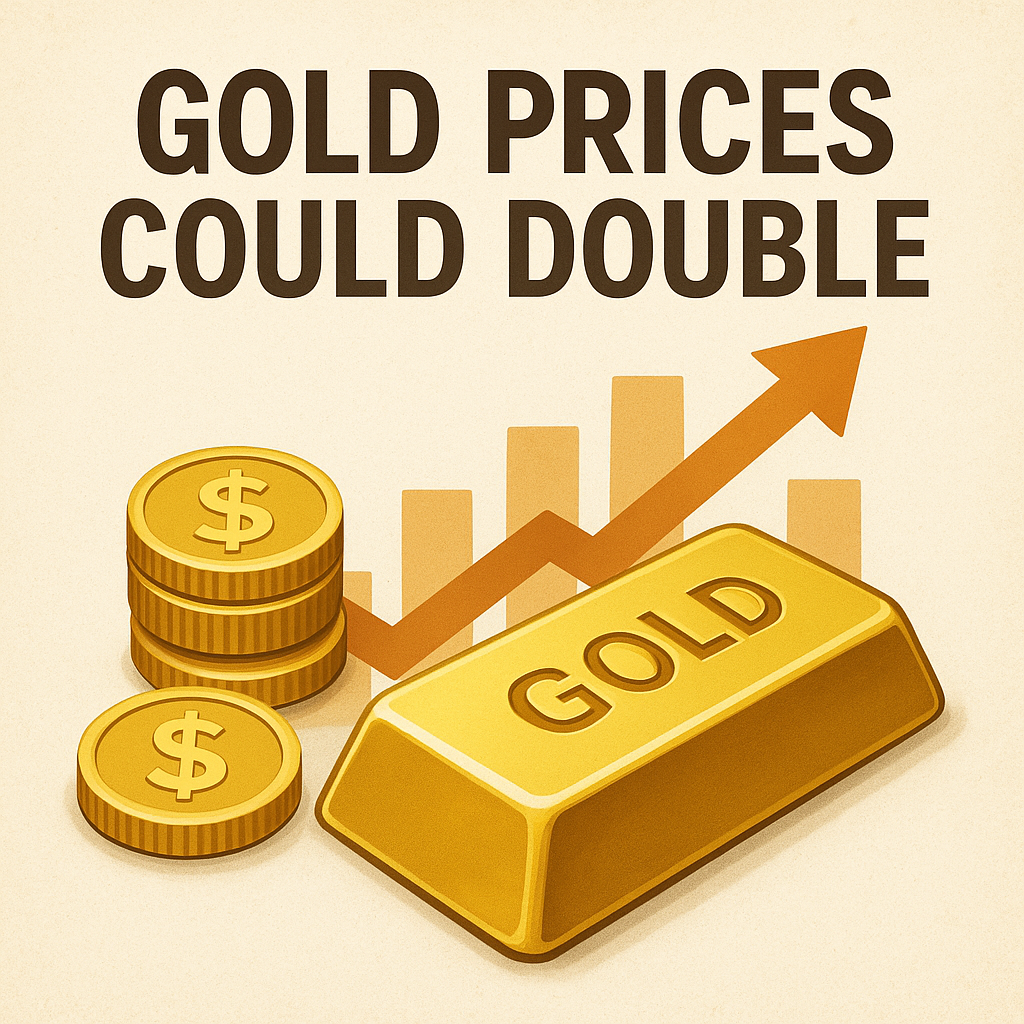China, Russia, BRICS And Now UAE: Everybody Wants A Gold Trading Platform!
The comments below are an edited and abridged synopsis of an article by The Daily Coin
China started something when it opened the Shanghai Gold Exchange, where physical gold is traded to a global market. Russia began trading gold futures on the Moscow Exchange, which was followed by China and Russia announcing they would open the BRICS Gold Exchange to assist members of the BRICS alliance to acquire more gold. This was followed by India stating that it would be pursuing a gold spot exchange market, and now the United Arab Emirates (UAE) has announced that it, too, will open a physical gold trading platform. That’s a lot of physical gold changing hands on a daily, weekly, monthly and yearly basis.

This points to a likely conclusion: A new gold pricing mechanism that is operated by the Shanghai Gold Exchange, instead of COMEX in Chicago and New York, or the LBMA in London.
Apparently, the UAE is already moving tons of physical gold through the nation; gold makes up approximately 20% of all UAE exports outside of oil. That is an amazing percentage of business, especially if you take into account the fact the UAE either doesn’t mine gold at all, or is not mining a significant amount of gold.
All of this movement in the physical gold market started in 2002, and now we are seeing a network of gold platforms developing outside the western world. China began laying the groundwork for a central pricing mechanism connected to each new platform in 2016, when it launched the yuan-denominated gold benchmark for global trade. What would happen if all of these gold markets connected to one another, and traded gold in multiple currencies? What role will these markets play once there is a sovereign gold-backed cryptocurrency? Will other markets follow suit, or will the new sovereign cryptocurrency set the standard?
This does not bode well for the LBMA, the Comex and the western bullion-banking cabal. There may not be an imminent collapse, but steps are being taken to move away from US-dollar-based pricing of gold.

